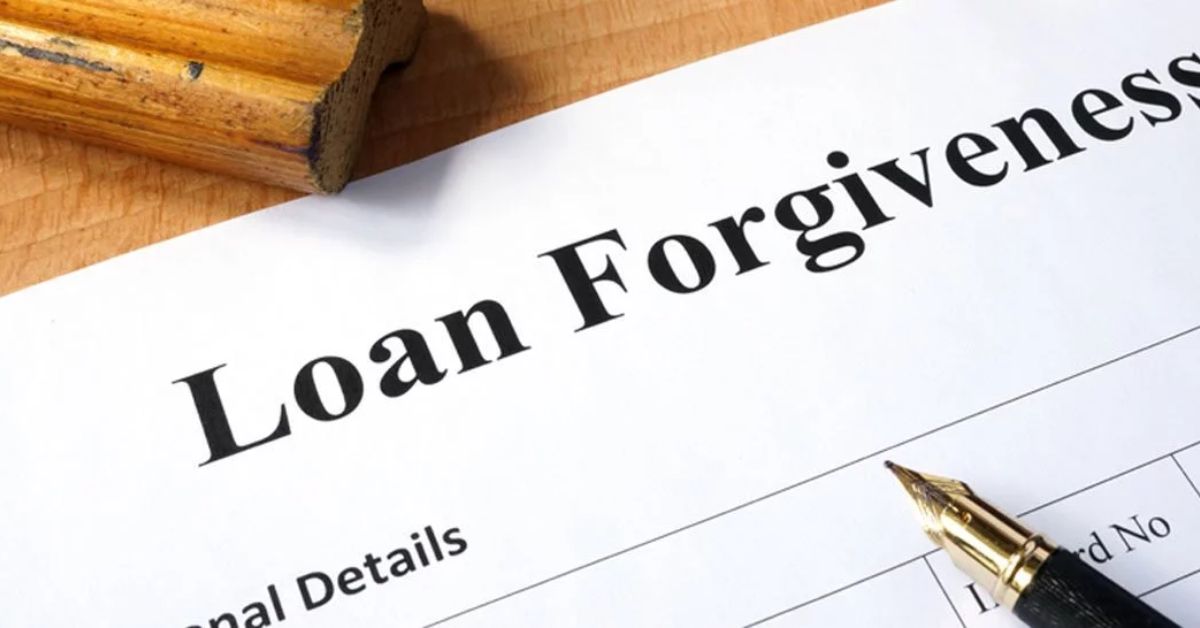Late on Wednesday, the United States Department of Justice submitted a brief to the Supreme Court in which it defended President Joe Biden’s plan to cancel billions of dollars worth of federal student loans. In the brief, the Justice Department argued that two cases did not have the legal standing to challenge the debt relief.
In August, Vice President Joe Biden announced that the federal government will erase up to $10,000 in student loan debt for students with an annual income of less than $125,000 or $250,000 for married couples. Students with lower incomes who have attended college and obtained Pell Grants would have up to $20,000 of their existing student loan debt forgiven under the proposed scheme.
Biden’s centerpiece plan, which makes good on his 2020 campaign promise to help debt-stricken younger Americans, has been put on ice as a result of two legal challenges: one from six mostly Republican-led states who say the Biden administration overstepped its authority, and a separate case based in Texas that argues the public should have been allowed to comment. Both of these challenges have put the plan in jeopardy.
According to estimates provided by the administration of Vice President Joe Biden, as many as forty million individuals may be qualified for the relief, which will provide them with the financial means to purchase a vehicle, a house, or begin a family. Republicans maintain that the proposal, which is anticipated to cost around $400 billion, will contribute to an increase in inflation, which reached 9% during the summer of 2017 but has since moderated slightly.
In November, Vice President Biden expressed his conviction that the plan complies with the law. He also announced an extension of the COVID-era interim relief for borrowers that will last until August, giving the pending legal challenges sufficient time to be resolved.
The Department of Justice stated in its brief that Education Secretary Miguel Cardona had clear jurisdiction to give debt relief to debtors in accordance with the Higher Education Opportunity and Relief from Debt Act of 2003 (HEROES Act). According to sources who are aware with the file, the statute was also utilized by the previous administration of Donald Trump.

After the terrorist attacks on September 11, 2001, the HEROES Act granted the secretary of education the authority to make changes to any provision of applicable student aid program statutes in order to alleviate the hardships created by the attacks and other national emergencies.
Cardona is quoted as saying in a statement that “We remain confident in our legal ability to adopt this initiative.” We make no apologies for our unwavering dedication to assisting borrowers in recovering from the pandemic. The legal reasons have been described as “extremely solid” by one of the sources, and it is expected that they will be successful in court.
According to the brief, if there was no relief for debtors with lower incomes, delinquency and default rates would rise above their levels before the epidemic. According to one of the sources, homeowners were also dealing with “severe inflationary pressures.” [Citation needed]
The potential of the state of Missouri to contest the verdict on behalf of the Missouri Higher Education Loan Authority (MOHELA) was deemed inadmissible by the brief due to the fact that MOHELA is completely independent from the state and that any harm that befell MOHELA would not affect the state.
According to one of the sources, MOHELA had made a public statement separating itself from the case and expressing its independence from the state.
The argument that two borrowers in a separate Texas case made, that they could dispute the plan since the Education Department had not sought public comment before approving it, was also rejected by the Justice Department. These borrowers argued that they had the ability to do so. According to the brief, the department was expressly exempted from the notice and comment procedures because of the HEROES Act.
Oral arguments for both cases will take place at the end of February or the beginning of March, and the Supreme Court’s decision is expected to be handed down by the end of June. The conservative majority on the court is 6-3. There have already been over 16 million borrowers who were granted debt relief, and millions more have applied for the program. According to the White House, close to 90% of the benefits will be distributed to borrowers who did not complete their education and have an annual income of less than $75,000.
If you enjoyed reading this post, please share your feedback with us in the comments box below. Also, don’t forget to check back on our website Journalistpr.com. for the most recent information on the news.

Leave a Reply